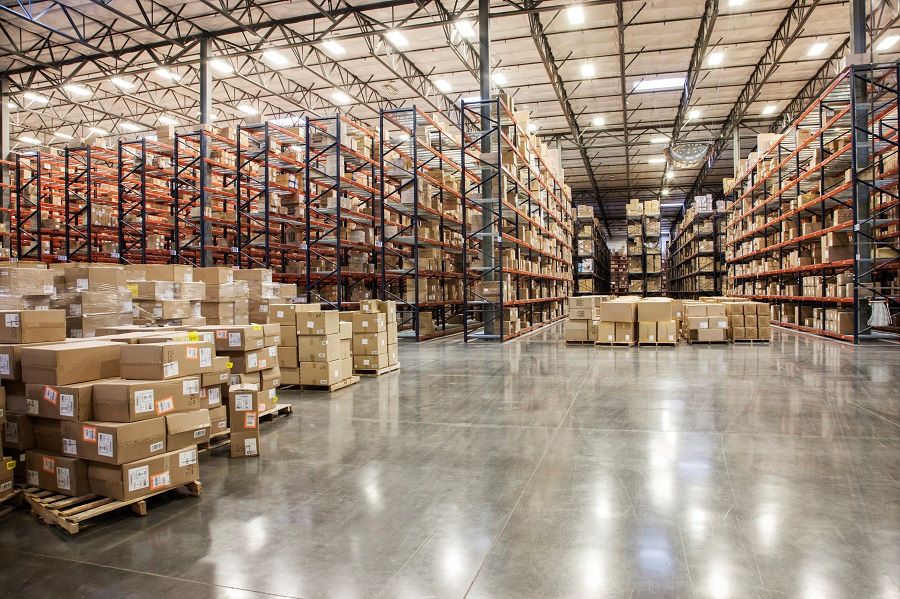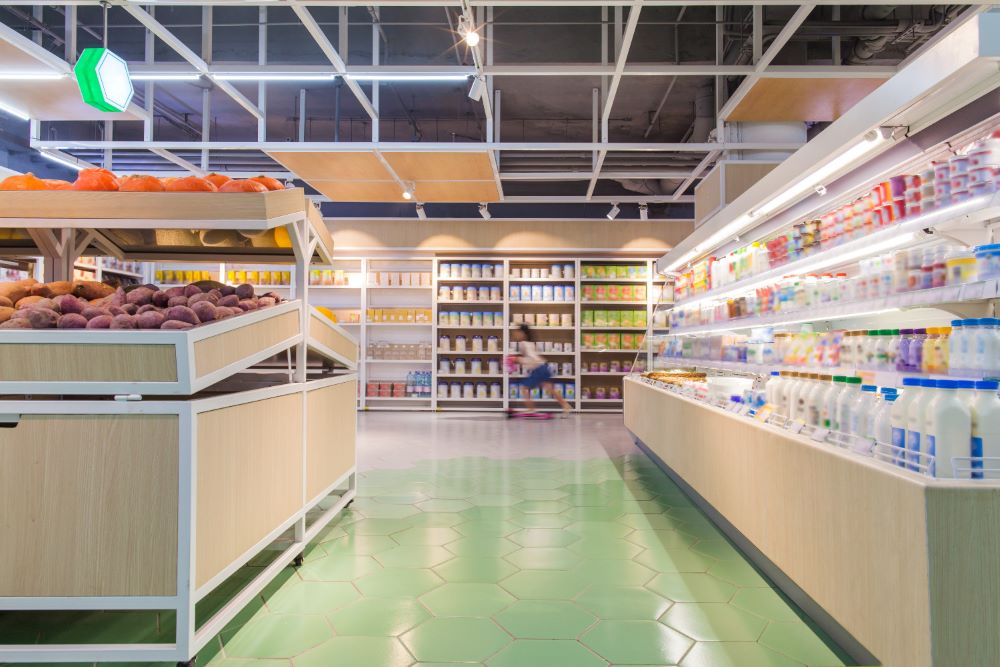In commercial and industrial applications,
high bay light and low bay light play an important role in different environments. With the development of LED technology, their characteristics and advantages are gradually revealed. This article will explore the difference between high bay lights and low bay lights to help readers better understand how to choose lamps in different scenarios.
Difference Between High Bay Light and Low Bay Light
High Bay Light: High bay lights are installed in high ceilings or tall spaces with ceiling heights exceeding 20 feet. Installations of this height require rigging or special brackets to install and maintain these fixtures. High bay light is designed to provide a wide range of light to cover a large area and ensure uniform lighting, suitable for high-ceiling environments such as industrial plants, large warehouses, and stadiums.
Low Bay Light: Unlike high bay lights, low bay lights are installed at lower ceiling heights, usually in the range of 8 feet to 20 feet. Due to the lower installation height, low bay lights are generally more compact in design and can be installed and maintained more easily without complex lifting devices. The low bay light is designed to concentrate light in a specific area and is suitable for commercial spaces, retail stores, small garages, and other scenes that require local lighting.
Features and Advantages of LED High Bay Lights
High bay lights are usually installed on high ceilings to ensure sufficient lighting and light distribution for optimal lighting effects. This type of luminaire is designed with strong lighting requirements in mind, as sufficient brightness and light coverage at higher heights are required. These luminaires typically have rugged housing to handle the challenges of special environments, such as vibration and dust.
One of the features of the high bay light is the deep reflector, which helps to direct the light downwards and slightly outwards, thus ensuring even lighting of the entire area. In addition, high bay lights are often equipped with longer and larger fixtures to cover a wider range of spaces. These features enable the high bay light to provide powerful lighting effects in large and high spaces and meet high lighting needs.
High bay lights have high illuminance levels, typically exceeding 140 Lumens per Watt, which guarantee superior visibility in work areas or event venues. In addition, they typically have a color temperature between 4000K and
5000K, i.e. a
white light temperature, resulting in sharper contrast and greater visibility. This makes the high bay light provide a powerful lighting effect for a large area through its design and performance characteristics in a high ceiling environment while meeting the lighting needs of a special environment and improving work efficiency and safety.

Features and Advantages of LED Low Bay Lights
Low bay light is a lighting solution specially designed for places with low ceiling heights, such as commercial spaces and retail stores. Its compact design profile allows it to easily fit into space constraints, and its design focuses on focusing light on specific areas, such as shelves and display areas, for more precise lighting effects.
First, low bay light improves visual impact by providing more focused lighting that emphasizes merchandise or key areas. Secondly, it is suitable for small areas, especially for small commercial spaces or garages, and can provide fine lighting for these areas to meet local lighting needs. In addition, due to the low bay light's compact design and concentrated lighting effect, while providing the desired lighting effect, it also achieves energy-saving effects and reduces energy consumption.

Application of LED High Bay Lights
Industrial application: High bay light is a common choice in manufacturing factories, warehouses, and industrial plants. Their wide beam angles and high lumen output ensure uniform illumination of large areas, critical to maintaining safety and productivity.
Warehouse and distribution center: High bay lights are often used in large storage facilities to provide clear visibility for inventory management and to help workers safely traverse aisles.
Stadiums: High bay light is suitable for lighting stadiums and gymnasiums. They provide high-intensity lighting, ensuring optimal visibility for both athletes and spectators.
Manufacturing plants: In manufacturing, high bay lights are crucial for quality control, enabling workers to precisely inspect products.
LED Low Bay Light Application
Retail stores: Low bay lights are often installed in retail environments. Their partial lighting effects help to enhance the visual appeal of merchandise displays and attract the attention of customers.
Office area: Low bay lights are used in the
office to provide comfortable, glare-free lighting. Especially when combined with task lighting, it helps create a great working environment.
Restaurants and cafes: Low bay light creates a warm atmosphere in restaurants and cafes. They illuminate the dining area and create a pleasant environment for customers.
Medical: Low bay light is suitable for medical spaces such as clinics and examination rooms. They provide the precise lighting needed for medical procedures and patient care.
Hospitality: In hotels, low bay lights can be found in public areas, lobbies, and corridors, providing welcoming and functional lighting.
Education: Low bay lights are used in classrooms and lecture halls to ensure uniform and sufficient lighting in the learning environment.
Art Galleries and Museums: LED low bay lights were chosen for their ability to highlight exhibits without causing excessive heat or UV radiation.
Conclusion
Generally speaking, high bay light and low bay light are two different types of lighting solutions, and they both have unique characteristics and advantages in their respective application fields. Through their unique design and performance characteristics, choose suitable lighting solutions for different environments to provide efficient lighting effects, work efficiency, and comfort.



